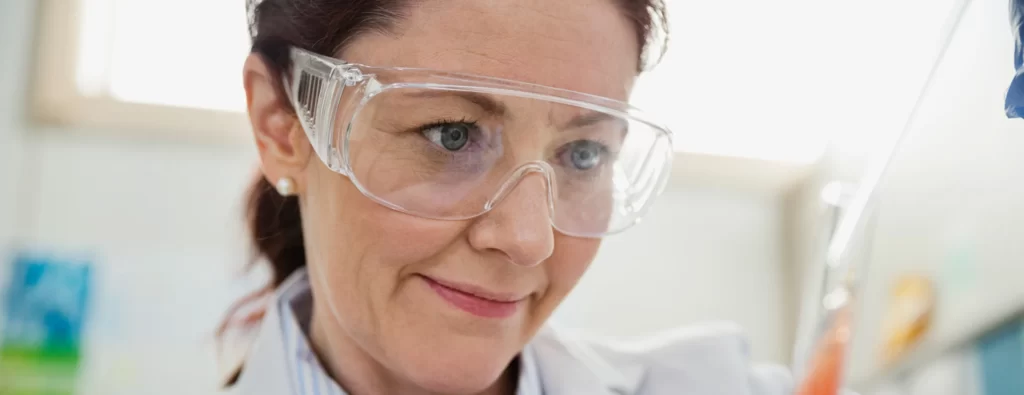Hemoglobin: The Oxygen-Carrying Hero of Your Blood

Hemoglobin The Oxygen-Carrying Hero of Your Blood
Introduction
Hemoglobin, often referred to as the unsung hero of our circulatory system, plays a pivotal role in sustaining life by ensuring the efficient transport of oxygen from the lungs to every cell in our body. This remarkable molecule, found within red blood cells, is crucial for our overall health and well-being. In this blog post, we will embark on a fascinating journey to discover the significance of hemoglobin, its structure, functions, and the vital role it plays in maintaining our body’s equilibrium.
What is Hemoglobin?
Hemoglobin is a complex protein molecule found in red blood cells (erythrocytes) and is responsible for the red color of blood. It plays an indispensable role in the respiratory system, where it binds to oxygen and carries it from the lungs to tissues throughout the body.
The Structure of Hemoglobin
Hemoglobin is an intricately structured protein with a unique design optimized for its functions:
Heme Groups: Each hemoglobin molecule contains four iron-containing structures called heme groups. These heme groups are responsible for binding to oxygen molecules.
Globin Chains: Hemoglobin consists of four protein chains, two alpha globin chains, and two beta globin chains. The specific combination of these chains determines the type of hemoglobin in your blood, such as hemoglobin A (HbA) or fetal hemoglobin (HbF).
Quaternary Structure: Hemoglobin’s quaternary structure allows it to change its shape as it binds and releases oxygen, making it incredibly efficient at its job.
The Oxygen-Carrying Role of Hemoglobin
The chief role of hemoglobin is to convey oxygen from the lungs to various tissues and organs across the body.This process, known as oxygen loading and unloading, is essential for energy production and various metabolic processes within cells.
Here’s how it works:
Oxygen Loading: Hemoglobin binds to oxygen molecules in the lungs, where oxygen concentrations are high due to breathing.
Transport: Hemoglobin, now loaded with oxygen, enters the bloodstream and circulates throughout the body.
Oxygen Unloading: In tissues with lower oxygen concentrations, hemoglobin releases its oxygen cargo to ensure cells have the oxygen they need for energy production.
Carbon Dioxide Transport: Hemoglobin also aids in the removal of carbon dioxide (a waste product) from tissues. It binds to carbon dioxide and transports it back to the lungs for exhalation.
Types of Hemoglobin
Several types of hemoglobin exist, with the most common being:
Hemoglobin A (HbA): This is the predominant type in adults, making up about 95-98% of the hemoglobin in red blood cells.
Hemoglobin A2 (HbA2): HbA2 makes up a small fraction of adult hemoglobin and is used in certain diagnostic tests.
Fetal Hemoglobin (HbF): This type is found in fetuses and newborns and gradually decreases after birth.
Hemoglobin S (HbS): Individuals with sickle cell disease have abnormal hemoglobin (HbS) that can deform red blood cells into a characteristic sickle shape, leading to various health issues.
Hemoglobin and Health
Maintaining optimal hemoglobin levels is crucial for good health. Abnormalities in hemoglobin levels can indicate various medical conditions, such as anemia (low hemoglobin) or polycythemia (high hemoglobin).
Factors Affecting Hemoglobin Levels
Several factors can influence hemoglobin levels, including:
Diet: A balanced diet rich in iron, vitamins, and minerals is essential for hemoglobin production.
Medical Conditions: Certain diseases and conditions, such as kidney disease or bone marrow disorders, can affect hemoglobin levels.
Lifestyle: Factors like smoking and excessive alcohol consumption can negatively impact hemoglobin.
Altitude: Living at high altitudes can lead to increased production of hemoglobin to compensate for lower oxygen levels.
Conclusion
Hemoglobin, the oxygen-carrying hero of our blood, is a marvel of nature’s engineering. Its unique structure and functions ensure that our cells receive the oxygen they need while also helping remove carbon dioxide. Maintaining healthy hemoglobin levels is essential for overall well-being, and any deviations from the norm can signal underlying health issues.
So, the next time you take a deep breath, remember that the unsung hero, hemoglobin, is hard at work, ensuring that every cell in your body has the oxygen it needs to thrive. This remarkable protein serves as a testament to the intricacies of the human body and the wonders of science.
For More Related Articles Browse Our Website Blogster.pk
For social Connection You can also Visit and follow our Social media Platforms
Facebook , Instagram, Linkedin, Pinterest, Quora, Twitter, Youtube.







